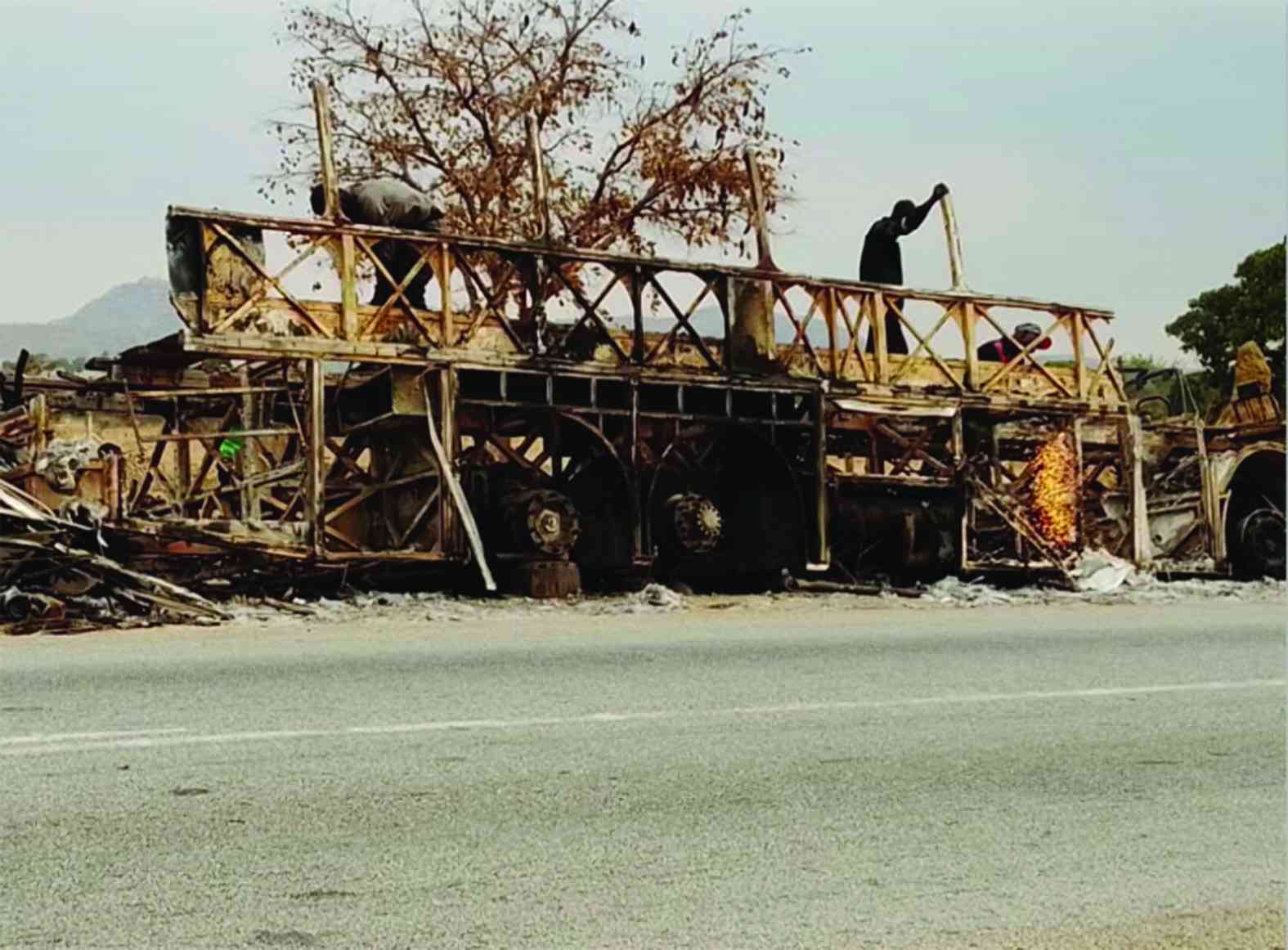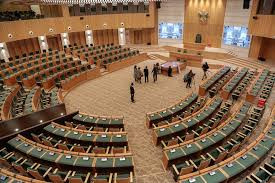
THE water situation in the country is no longer tenable.
Livelihoods have been affected. Animals too, both domestic and wild, have not been spared.
On Tuesday this week, United Nations Children’s Fund (Unicef) warned that the situation is critical, with only 81% of rural people having access to improved water sources.
“Because of drought, nearly 4% of the boreholes in the rural areas in Zimbabwe have dried up, particularly in Matabeleland South and Masvingo provinces,” Unicef said.
“By providing access to safe water in communities, we build their resilience to cope with climate change-related shocks like the El Niño-induced drought and prevent child malnutrition, morbidity and mortality.”
Unicef has gone further, making an appeal for US$34 million for the rehabilitation of water points to ensure people in need access safe water.
On the other hand, the World Bank Group (WBG) says Zimbabwe is at high risk of groundwater drought and has painted a gloomy picture of the country’s key sectors like agriculture, water, forestry and energy because of the devastating effects of climate change.
“In particular, groundwater recharge is highly dependent on rainfall and, therefore, decreases in rainfall will negatively impact groundwater availability,” the WBG said in a report titled Climate Risk Country Profile: Zimbabwe.
- Teachers, other civil servants face off
- Veld fire management strategies for 2022
- Magistrate in court for abuse of power
- Vungu Dam water treatment and irrigation project takes off
Keep Reading
“It was estimated that the percentage of population at very high risk of groundwater drought could rise from 32% to 86% without measures to adapt to the effects of climate change.”
Bulawayo, a city already faced with a myriad of challenges with regards to water supply, is in a fix.
The city has decommissioned the second of its six supply dams.
It means only four supply dams are left and with their water levels dwindling by the day.
This week, Bulawayo decommissioned Upper Ncema Dam due to critical water levels amid indications all the city’s supply dams water levels have dwindled to 28%, as of October 2 this year.
Located in Matabeleland South province, the dam water levels have fallen to 2,03% rendering it unusable and non-operational.
Last November, the city decommissioned Umzingwane Dam when water levels fell to 2,14%.
Now it is drawing water from Insiza, Inyankuni, Lower Ncema and Mtshabezi dams.
Meanwhile, the Gwayi-Shangani Dam project is far from complete. Progress seems to have stalled.
We cannot talk about the Matabeleland Zambezi Water Project, an ambitious project mooted in 1912 and expected to end the perennial water shortages bedevilling Bulawayo by bringing water from the mighty Zambezi River to the city.
Zimbabwe needs to invest heavily in the construction of dams.
The lives of millions are hanging by a gossamer at a time when the government is splurging on Isuzu double-cab 4x4 off-road vehicles, money that would have been used to construct a number of dams.
Since rising to power through a military coup in November 2017, President Emmerson Mnangagwa has handed over 328 vehicles worth over US$416 million to chiefs.
Estimates put the Matabeleland Zambezi Water Project at US$600 million.
In April last year, the total cost for the construction of the 650 million cubic metre Gwayi-Shangani Dam was around US$121,7 million.
In essence, the money wasted on traditional leaders’ vehicles and other trinkets could have seen the construction of four Gwayi-Shangani size dams across the country.
Government’s priorities are always misplaced.
Further to this, the situation in public hospitals is a mess. No drugs, no equipment, mass exodus of doctors and nurses.
In fact, we are surviving on donor dependence. In the case of water challenges, Unicef is now appealing for US$34 million on our behalf.
Unicef and other partner organisations should be complementing the government's efforts and not the other way round.
How oxymoronic that the President has appealed for US$3 billion to help avert hunger in the country following a disastrous 2023-24 harvesting season as a result of the El Niño-induced drought, yet pumping millions of dollars into vehicles for traditional leaders.
We cannot afford to be sending the wrong signals all the time.
Government needs to be alive to the needs of its people.
Whoever is advising the President on his course of action is leading him up the garden path.
It’s time we invest in dams and weirs for the good of the nation.










